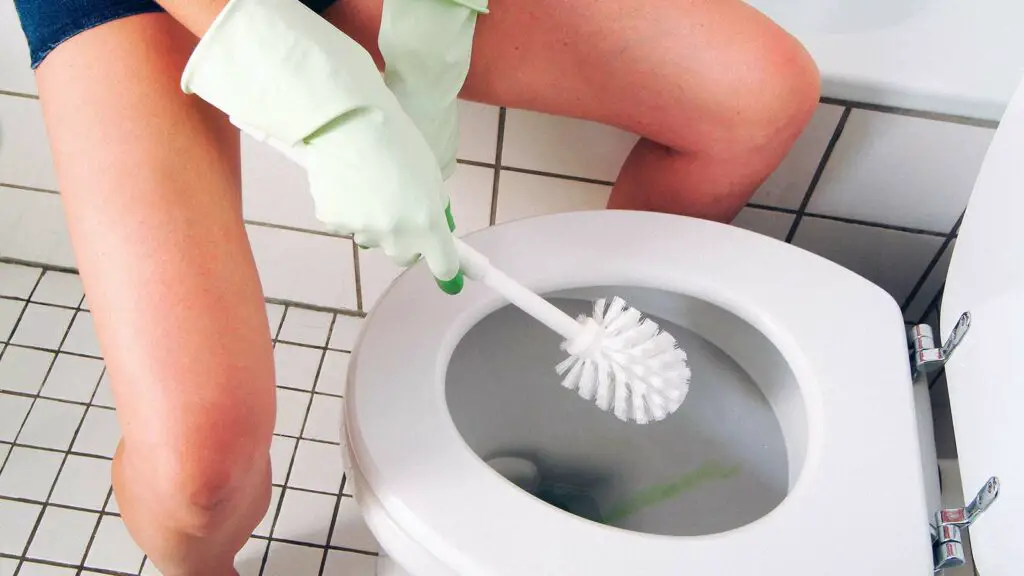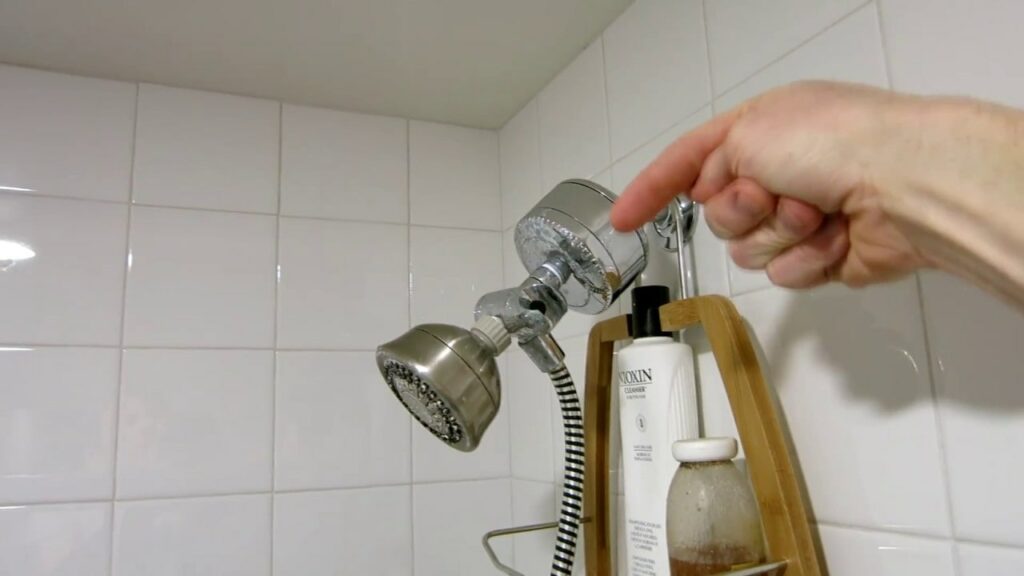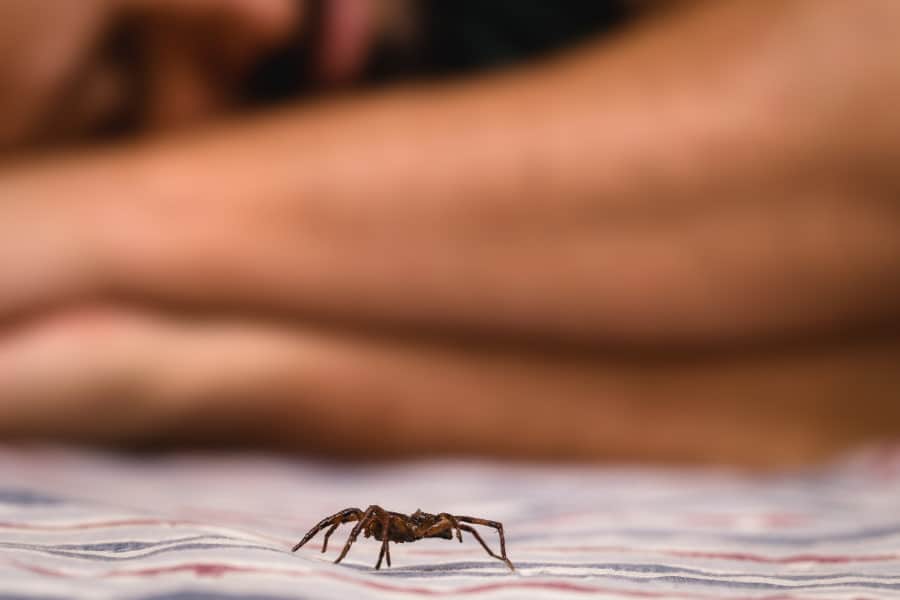If you live with roommates who lose focus after a few beers, remove urine stains from toilet seats are probably nothing new to you.
For parents who are potty training their young children, the same is true.
Anyhow, being able to clean urine stains out of toilet seats is a practical life skill.
Turn your chance to learn from my misfortune.
We can’t allow you to use a plastic toilet seat that is permanently stained, can we?
But first, let’s discuss how these terrible blunders might if at all, acquire permanent stains on your toilet seat.
Why to Remove Urine Stains from Toilet Seats?
If you frequently see pee stains on your toilet seat, your initial thought could be, “Why?”
Why is your toilet seat and not, for example, the toilet bowl itself the destination of so many of these unsightly stains? Well, the solution is really fairly easy.
You see, toilet seats are often composed of plastic, as opposed to the toilet bowl (plastic vs. wood toilet seat). Contrary to what their manufacturers may have you believe, most of them are not stainproof.
Sadly, plastic is ineffective against the specific combination of substances that can be found in human urine.
Toilet bowls, on the other hand, are often made of ceramic. The vitreous china glaze is added by the manufacturers after the clay has been baked and dried by air.
The combination of several types of clay, silica, and fusing agents is then baked once more to ensure a sturdy and uniform finish.
In addition to being an aesthetically pleasing scent, the resulting sheen also keeps most things discolored during the clay beneath it.
Even yet, despite the fact that most toilet seats are made of subpar materials, they shouldn’t be easily stained. For illustration, imagine that you put off cleaning up your toddler’s spill for a few minutes.
You might want to think about buying a new toilet seat if that was long enough for the stain to set.
There should be no toilet seat that is that easily stained. On the other hand, if the stain was only a splash that you failed to notice in time, you ought to be able to remove it with the appropriate equipment.

Choosing the Best Urine Stain Remover:
You’ll either use a homemade solution or more abrasive cleaners to remove urine stains from toilet seats.
Homemade Remedies:

If the stain has not yet been baked into the seat, you could be able to get away with using a few of the household items you already have:
- White vinegar
- Baking soda
- a little bowl
- the toothbrush
- 2 little towels
- the sponge
Professional Cleaners:

On the other hand, you could always go straight for the heavy guns if you’re unsure that the gentle method would work on the stain you wish to lift. You’ll require
- Chlorine powder
- A commercial toilet cleanser (while there are some that are developed expressly for pee stains, they essentially share the same components).
- An abrasive brush (not the kind you put into the toilet bowl).
- Remover for lime or limescale.
- Liquid soap (along with warm water for cleaning the toilet seat after using the more abrasive chemicals).
DIY Cleaning Toilet Seat to Remove Urine Stains:
One of the best housekeeping items you could ever have is baking soda because you can use it to clean a variety of various surfaces.
In this situation, you could mix it with either warm water or vinegar to form a frothy, slightly runny paste.
You might also include additional substances like alcohol, tea tree oil, or dish soap. However, the fundamentals work just fine the majority of the time.
The quantity of baking soda you use is often determined by the size of the stain.
The majority of people, though, can begin with two tablespoons and add more baking soda as necessary.
You need twice as much liquid in the mixture since baking soda and water or vinegar should be mixed in a ratio of roughly 1:2.
When you have your paste ready, use a toothbrush or sponge to apply it to the stained areas. Do that twice, washing the sponge in between each application.
Once you’ve completed your second pass, leave the paste in place for ten to twenty minutes. Whenever it’s time to remove the paste, wet an old towel with warm water and wipe the seat with it.
To completely remove the paste, you might need to fold it and wipe the seat multiple times. If the stain is not completely eliminated, repeat the procedure as much as required.
Since the mixture is gentle, your toilet seat won’t be harmed.
Once you have done washing the seat with the damp rag, wipe out any remaining moisture with a dry towel.
As a final step, you can spray a disinfectant on the area to be sure everything is clean.
Using Harsher Chemicals to Remove Urine Stains from Toilet Seats:

It’s time to fetch the bleach if you discover that your homemade cleaning solution isn’t powerful enough to remove the stain. But first, shield yourself from the toxins by donning gloves and a mask.
Let’s look at what to do if the stain proves to be the plastic is very challenging to remove.
Check that the toilet seat is as clean as it can be before using the bleach. That will guarantee that the bleach can get to work removing the stain right away.
You can use any cleaning agent for this step and spray it on the seat’s back and sides.
- With a brush, rub the solution into the toilet seat. After that, remove it with a damp cloth and allow it to air dry.
- Use the bleach to solely treat the stains after thoroughly cleaning the seat.
- Make a paste out of the bleach powder if you’re using it.
- Apply the mixture, then wait 10 minutes before scrubbing it into the stains.
- Spray the stains with your limescale remover if they are still noticeable, or try the baking soda paste once more.
- Finally, use soap and warm water to wash away any leftover chemical traces.
- Before beginning, take care to wash your hands and remove your clothes.
- The risk of irritations should be eliminated if you unintentionally came into touch with bleach.
Protection Equipment:

You shouldn’t likely contact the cleaning supplies with your bare hands if you’re using bleach or baking soda to remove the stains. Even accidentally touching the toilet seat makes me feel like I need to take a hot shower.
You should obtain (or, better yet, put on) a pair of rubber gloves in order to protect yourself against that kind of torture.
The gloves ought to last for at least a few months and possibly even years. Additionally, if you’re using bleach or other abrasive cleaners, you should wear a mask to protect your lungs.
It is not necessary to wear one of those full-face gas masks; a simple respirator would do. But if you really don’t want to spend any money, just cover your lips with a bandana.
Also read: How To Soundproof a Toilet?
FAQ- How to Remove Urine Stains from Toilet Seats?
Q1. What is the best way to clean yellow stains from a toilet seat?
Put some white vinegar and baking soda to use.
After applying the paste on the toilet seat, wait 10 to 30 minutes before using it.
Rub the stains, then wipe the toilet seat with a cloth dipped in fresh, warm water.
Repeat the technique if any stains are still present.
Q2. How do you get dried pee stains out?
Vinegar works well in removing pee stains by dissolving the uric acid in the urine and making the stain simpler to clean up.
Once the cycle is finished, rerun the load, this time with detergent added, and wash the fabric at the warmest temperature advised.
Q3. How long should baking soda be applied to a pee stain?
Sprinkle baking soda on the stain liberally, then leave it alone for five minutes.
The stain will be deodorized with the aid of baking soda.
In a spray bottle or another container, combine equal parts water and distilled white vinegar.
Also read: How To Vent A Toilet?
Conclusion:
As we’ve learned today, the only way pee stains may appear on your toilet seat is if you weren’t quick enough to remove urine stains from toilet seats.
Only when the pee has had time to dry and harden on the seat will these kinds of stains appear.
Due to the way urine’s chemical makeup reacts with the plastic toilet seat, it is just impossible to avoid.
Keeping cleaning wipes in the bathroom can be a smart idea in light that would enable you to enforce upon inebriated visitors or housemates to clean up after themselves.
Alternatively, you’d be able to tidy up after your little child with ease.
And if you do manage to miss a spill or two, following this procedure should enable you to restore the color of your toilet seat.










